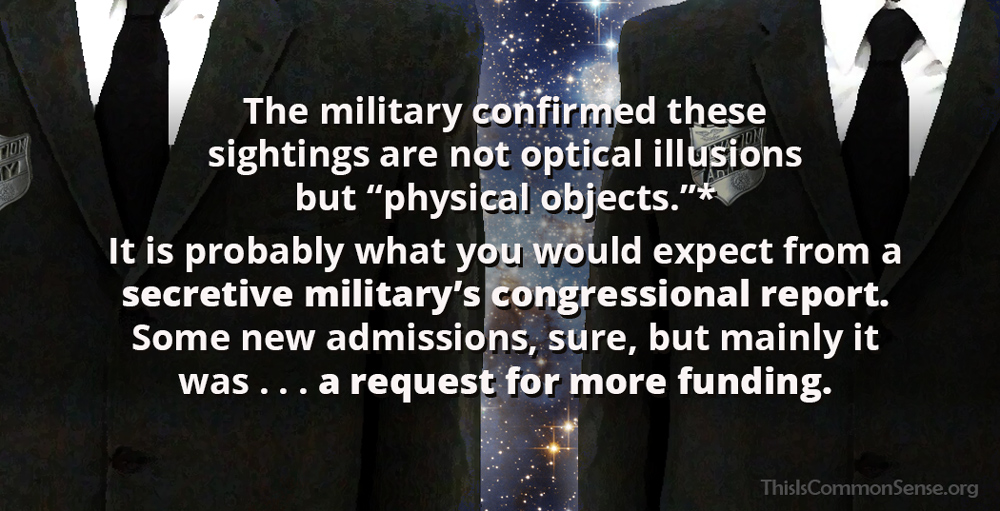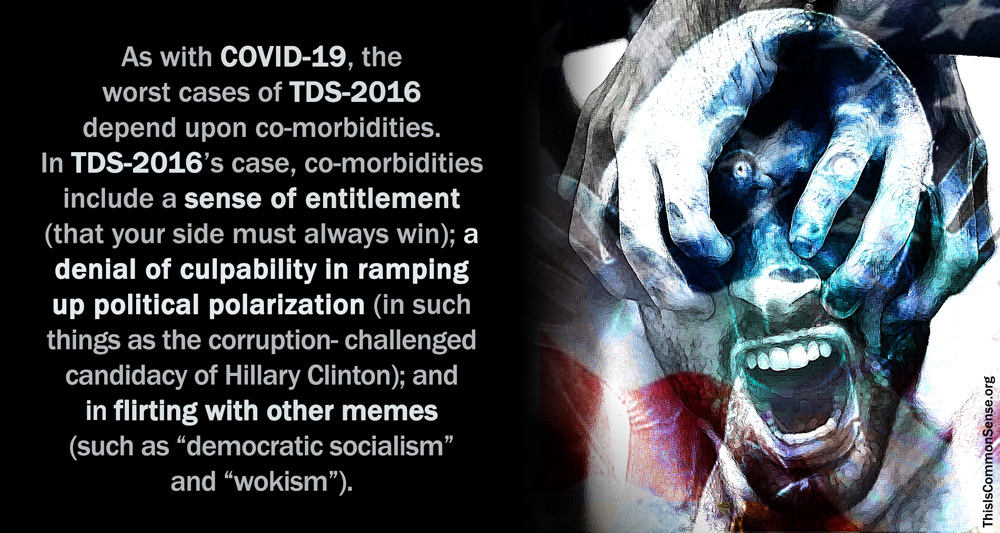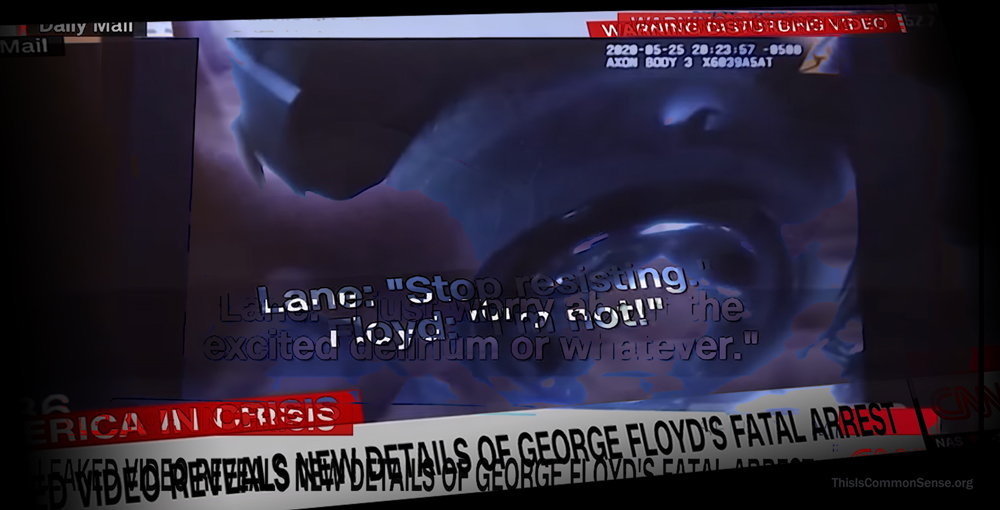Modern UFO lore begins in World War II with the foo fighters, continues with Kenneth Arnold’s infamous June 24, 1947, Mount Rainier flying saucer report, the July 8 “crash” near Roswell, New Mexico (very near where the Enola Gay was deployed), and the “flying saucers over the capital” coverage a little over five years later.
In 1947, the Central Intelligence Agency was created, and 1952 gave us the National Security Agency. Coincidence?
President Harry S. Truman was regularly briefed about UFOs, and at the end of that era his successor warned us of the growth of a “military-industrial complex” completely outside of republican oversight or any democratic check to balance secret power and privilege.
The two issues are linked, UFOs and the Deep State. Many people deny the existence of both, and I understand the former denial — to those who have never seen anything inexplicable and weird in the skies? I’m with you. But the phenomena keep getting reported. And as for the Deep State, whatever its ontic status, its compartmentalized secrecy and not-quite-on-the-books budgeting were established by Congress. What evidence do you need to say it exists?
Public information?
The kind, ahem, now prevented by non-disclosure agreements and the layers upon layers of military security?
Last week, the Pentagon gave to Congress its report about UFOs.
Did it amount to anything?
Yes.
Was it the UFO Apocalypse so many had waited for?
No. The military confirmed these sightings are not optical illusions but “physical objects.”*
It is probably what you would expect from a secretive military’s congressional report. Some new admissions, sure, but mainly it was … a request for more funding.
This is Common Sense. I’m Paul Jacob.
* Or, as Air Force General Nathan F. Twining put it in September of 1947, “The phenomenon is something real and not visionary or fictitious.”
—
See all recent commentary
(simplified and organized)





